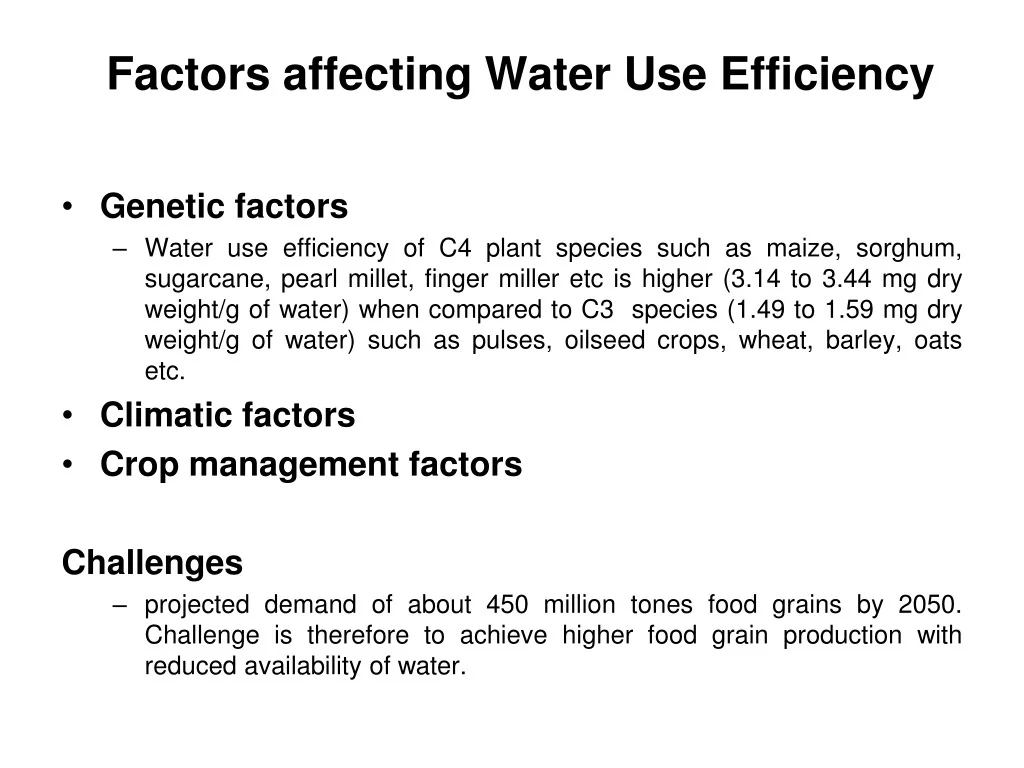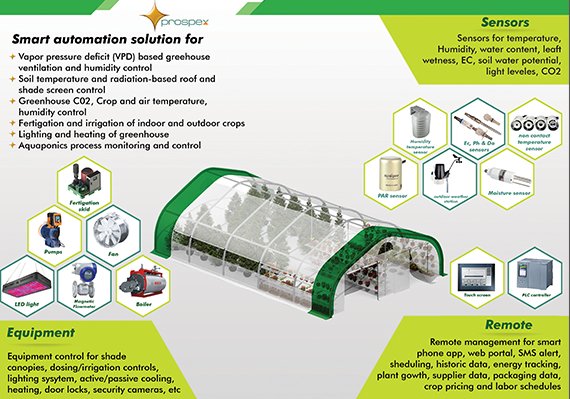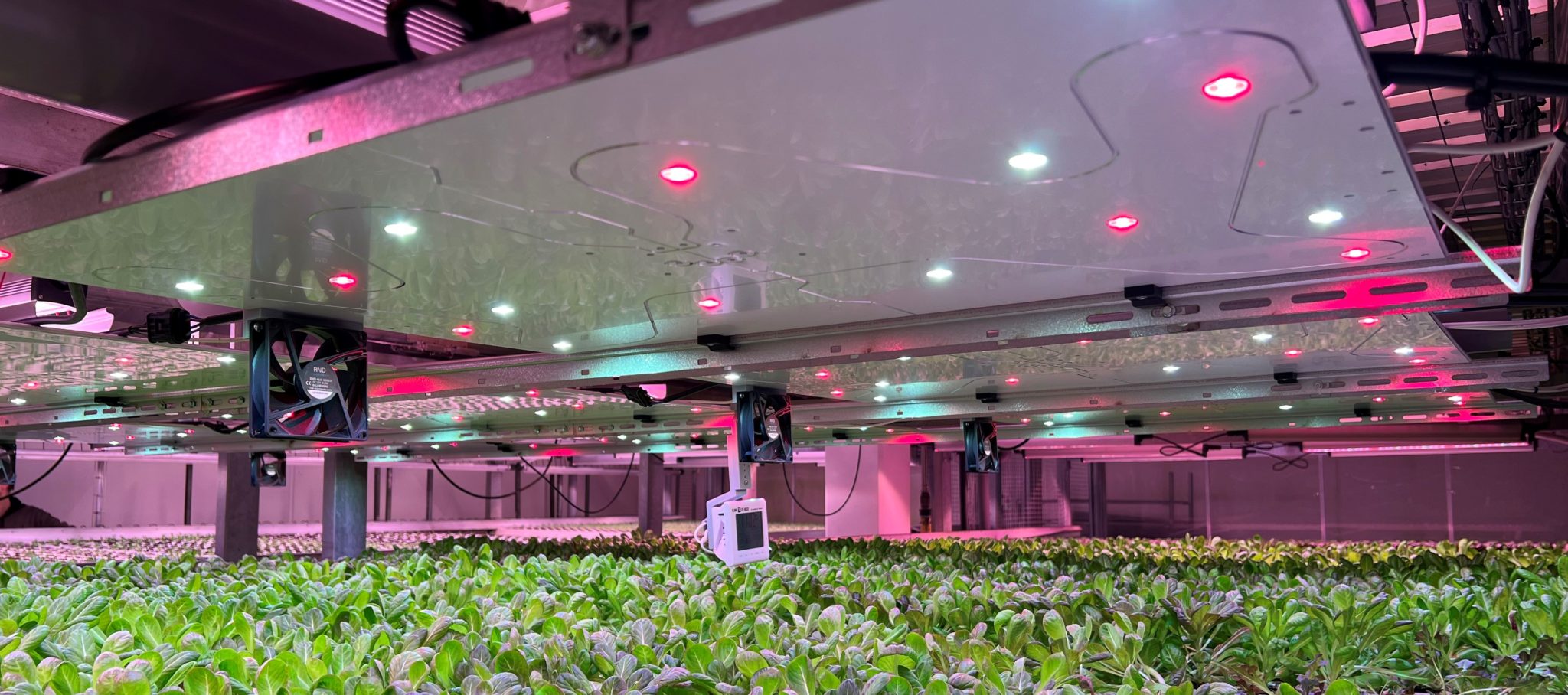Introduction: The Dawn of Intelligent Agriculture
The world is changing, and so is the way we grow food. Traditional farming methods, while time-honored, are often inefficient, resource-intensive, and vulnerable to the whims of weather and pests. Enter the era of smart grow systems – a revolutionary approach to agriculture that leverages technology to optimize every stage of the cultivation process. This comprehensive guide will delve into the intricacies of implementing smart grow systems, exploring their benefits, components, and the practical steps you need to take to cultivate a thriving, sustainable future.
What are Smart Grow Systems? Decoding the Technology
At their core, smart grow systems are sophisticated, integrated networks that use sensors, data analytics, and automation to monitor and control the growing environment. They represent a paradigm shift from manual labor and guesswork to data-driven decision-making. These systems can range from relatively simple setups for home gardens to complex, large-scale operations in commercial greenhouses and vertical farms. The common thread? They all aim to enhance efficiency, productivity, and sustainability.
Here’s a breakdown of the key components that typically make up a smart grow system:
- Sensors: These are the eyes and ears of the system, constantly gathering data on environmental conditions. They measure parameters like temperature, humidity, light levels, soil moisture, pH, and nutrient levels.
- Controllers: The brains of the operation, controllers receive data from the sensors and use it to make adjustments to the growing environment. They can control lighting, irrigation, ventilation, and other critical factors.
- Actuators: These are the workhorses of the system, carrying out the commands issued by the controllers. Examples include pumps, valves, fans, and lights.
- Software and Data Analytics: This is where the magic happens. Sophisticated software platforms collect, analyze, and interpret the data generated by the sensors. This information is then used to optimize growing conditions and make informed decisions.
- Connectivity: Most smart grow systems are connected to the internet, allowing for remote monitoring and control. This enables growers to keep tabs on their crops from anywhere in the world, at any time.
The Benefits: Why Embrace Smart Grow Systems?
The advantages of implementing smart grow systems are numerous and compelling. They offer a range of benefits for both small-scale and large-scale growers, including:
- Increased Yields: By optimizing environmental conditions, smart grow systems can help plants grow faster, healthier, and produce higher yields.
- Reduced Resource Consumption: These systems are designed to use water, fertilizer, and energy more efficiently, leading to significant cost savings and reduced environmental impact.
- Improved Crop Quality: Precise control over environmental factors results in higher-quality crops with better flavor, appearance, and nutritional value.
- Disease and Pest Management: Smart grow systems can detect and respond to potential problems early on, minimizing the need for pesticides and other harmful chemicals.
- Automation and Labor Savings: Automating tasks like watering, fertilizing, and lighting reduces the need for manual labor, freeing up growers to focus on other aspects of their business.
- Data-Driven Decision Making: The wealth of data generated by smart grow systems provides valuable insights into plant growth and performance, allowing growers to make informed decisions and continuously improve their practices.
- Sustainability: By optimizing resource use and reducing waste, smart grow systems promote sustainable agricultural practices.
- Year-Round Production: Indoor smart grow systems can create controlled environments that allow for year-round crop production, regardless of the weather or climate.
Getting Started: Planning and Preparation
Implementing a smart grow system requires careful planning and preparation. Here’s a step-by-step guide to help you get started:
- Define Your Goals: What do you want to achieve with your smart grow system? Are you looking to increase yields, reduce costs, or improve crop quality? Clearly defining your goals will help you choose the right system and components.
- Assess Your Needs: Consider the size and scope of your operation, the types of crops you plan to grow, and your budget. This will help you determine the appropriate level of complexity for your system.
- Choose Your System: Research different smart grow systems and compare their features, capabilities, and price points. Consider factors like ease of use, scalability, and customer support.
- Select Your Components: Once you’ve chosen a system, you’ll need to select the individual components, such as sensors, controllers, and actuators. Make sure the components are compatible with your chosen system and meet your specific needs.
- Prepare Your Growing Environment: Ensure your growing environment is suitable for the crops you plan to grow. This may involve setting up lighting, ventilation, and irrigation systems.
- Install and Configure Your System: Follow the manufacturer’s instructions to install and configure your smart grow system. This may involve connecting sensors, setting up controllers, and calibrating the system.
- Test and Monitor: Before planting your crops, test your system to ensure everything is working properly. Monitor the system regularly and make adjustments as needed.
Choosing the Right System: A Deep Dive into Options
The market offers a diverse range of smart grow systems, each with its own strengths and weaknesses. Here’s a look at some popular options:
- DIY Systems: For the adventurous grower, building your own smart grow system can be a rewarding and cost-effective option. This involves purchasing individual components and assembling them yourself. Resources like online forums and tutorials can provide guidance.
- Pre-built Systems: These systems offer a plug-and-play solution, with all the necessary components pre-configured. They are typically easier to set up and use than DIY systems, but may be less customizable.
- Commercial Systems: Designed for large-scale operations, these systems offer advanced features and capabilities, such as automated climate control, nutrient management, and data analytics. They are often more expensive than DIY or pre-built systems.
- Hydroponic Systems: Hydroponics is a soilless growing method that uses nutrient-rich water solutions to feed plants. Smart grow systems can be integrated with hydroponic systems to optimize nutrient delivery and environmental conditions.
- Aeroponic Systems: Aeroponics is a growing method that suspends plant roots in the air and sprays them with nutrient-rich solutions. Smart grow systems can be used to control the spraying schedule and environmental conditions in aeroponic systems.
When choosing a system, consider these factors:
- Compatibility: Ensure all components are compatible with each other.
- Scalability: Choose a system that can grow with your needs.
- Ease of Use: Opt for a user-friendly system that is easy to set up and operate.
- Features: Consider the features that are important to you, such as remote monitoring, automated controls, and data analytics.
- Support: Choose a system from a reputable manufacturer that offers good customer support.
- Budget: Set a realistic budget and stick to it.
Essential Components: A Closer Look
Let’s delve deeper into some of the essential components that make up a smart grow system:
Sensors
Sensors are the eyes and ears of your smart grow system. They provide real-time data on the environmental conditions in your growing space. Common types of sensors include:
- Temperature Sensors: Measure the air and water temperature.
- Humidity Sensors: Measure the moisture content in the air.
- Light Sensors: Measure the intensity and spectrum of light.
- Soil Moisture Sensors: Measure the moisture content in the soil.
- pH Sensors: Measure the acidity or alkalinity of the soil or water.
- EC Sensors: Measure the electrical conductivity of the nutrient solution, which indicates the concentration of nutrients.
- CO2 Sensors: Measure the carbon dioxide levels in the air.
Controllers
Controllers are the brains of the smart grow system. They receive data from the sensors and use it to make adjustments to the growing environment. Controllers can be simple, such as a timer for turning lights on and off, or complex, with advanced features like automated climate control and nutrient management.
Actuators
Actuators are the components that carry out the commands issued by the controllers. They include:
- Pumps: Used to circulate water and nutrient solutions.
- Valves: Used to control the flow of water, air, and other fluids.
- Fans: Used to ventilate the growing space and regulate temperature and humidity.
- Lights: Used to provide artificial light for plant growth.
Software and Data Analysis
The software platform is where the data comes alive. It presents information in a user-friendly manner, allowing growers to monitor the performance of their crops and make informed decisions. Some advanced software platforms offer features like:
- Real-time Monitoring: View current environmental conditions and crop performance data.
- Data Visualization: See trends and patterns in your data through charts and graphs.
- Automated Controls: Set up automated tasks, such as watering and fertilizing, based on sensor readings.
- Historical Data Analysis: Analyze past data to identify areas for improvement.
- Alerts and Notifications: Receive alerts when conditions deviate from optimal levels.
Optimizing Your Growing Environment: Key Parameters
Creating the optimal growing environment is key to success with smart grow systems. Here are some key parameters to consider:
- Temperature: Different plants have different temperature requirements. Use temperature sensors and controllers to maintain the optimal temperature range for your crops.
- Humidity: Humidity levels affect plant transpiration and nutrient uptake. Use humidity sensors and controllers to maintain the optimal humidity range.
- Light: Plants need light for photosynthesis. Use light sensors and controllers to provide the correct amount of light for your crops. This may involve adjusting the intensity, duration, and spectrum of light.
- Watering: Water is essential for plant growth. Use soil moisture sensors and irrigation controllers to provide the right amount of water to your plants.
- Nutrient Management: Plants need nutrients for growth. Use EC and pH sensors and nutrient dosing systems to provide the right amount of nutrients to your plants.
- Air Circulation: Good air circulation helps prevent disease and ensures that plants have access to fresh air. Use fans and ventilation systems to maintain good air circulation.
Advanced Techniques: Taking Your System to the Next Level
Once you’ve mastered the basics, you can explore some advanced techniques to further optimize your smart grow system:
- Climate Control: Automate your climate control system to maintain optimal temperature, humidity, and CO2 levels.
- Nutrient Management: Use automated nutrient dosing systems to precisely control the nutrient levels in your growing medium.
- Lighting Optimization: Experiment with different lighting setups to find the optimal light spectrum and intensity for your crops.
- Data Analysis: Use data analysis tools to identify areas for improvement and optimize your growing practices.
- Integration with other systems: Integrate your smart grow system with other systems, such as weather stations, to get even more data and insights.
Troubleshooting Common Issues
Even the most advanced smart grow systems can experience problems. Here are some common issues and how to troubleshoot them:
- Sensor Malfunctions: Sensors can sometimes fail or provide inaccurate readings. Regularly calibrate and test your sensors to ensure they are working properly.
- Controller Errors: Controllers can sometimes malfunction or experience software glitches. Restart your controller or consult the manufacturer’s documentation.
- Actuator Failures: Actuators, such as pumps and fans, can sometimes fail. Inspect your actuators regularly and replace any worn or damaged parts.
- Connectivity Issues: If your system is connected to the internet, you may experience connectivity issues. Check your internet connection and troubleshoot any network problems.
- Data Interpretation: Interpreting the data generated by your smart grow system can be challenging. Consult with experienced growers or use online resources to learn how to analyze your data and make informed decisions.
Case Studies: Real-World Success Stories
To illustrate the power of smart grow systems, let’s explore a few real-world case studies:
- Urban Farm: An urban farm in Chicago uses a smart grow system to grow fresh produce year-round in a controlled environment. The system has increased yields by 30% and reduced water consumption by 50%.
- Commercial Greenhouse: A commercial greenhouse in the Netherlands uses a smart grow system to optimize its climate control and irrigation systems. The system has improved crop quality and reduced energy costs.
- Home Garden: A home gardener uses a smart grow system to automate their watering and fertilizing schedule. The system has made it easier to grow healthy plants and reduced the amount of time spent on gardening tasks.
The Future of Agriculture: Smart Grow Systems and Beyond
Smart grow systems are at the forefront of a revolution in agriculture. As technology continues to advance, we can expect to see even more sophisticated and efficient systems emerge. The future of agriculture will likely involve:
- Artificial Intelligence (AI): AI will be used to analyze vast amounts of data and make even more precise recommendations for optimizing growing conditions.
- Robotics: Robots will be used to automate tasks such as planting, harvesting, and pest control.
- Vertical Farming: Vertical farming will become more widespread, allowing for high-density crop production in urban areas.
- Data-Driven Decision Making: Growers will rely even more on data to make informed decisions and optimize their practices.
Conclusion: Cultivating a Sustainable Tomorrow
Implementing smart grow systems is an investment in the future of agriculture. By embracing this technology, you can increase yields, reduce resource consumption, and improve crop quality. Whether you’re a home gardener or a commercial grower, smart grow systems offer a powerful way to cultivate a thriving, sustainable future. Start your journey today, and join the growing movement of growers who are using technology to create a better world, one plant at a time.


